- Barajar
ActivarDesactivar
- Alphabetizar
ActivarDesactivar
- Frente Primero
ActivarDesactivar
- Ambos lados
ActivarDesactivar
- Leer
ActivarDesactivar
Leyendo...
Cómo estudiar sus tarjetas
Teclas de Derecha/Izquierda: Navegar entre tarjetas.tecla derechatecla izquierda
Teclas Arriba/Abajo: Colvea la carta entre frente y dorso.tecla abajotecla arriba
Tecla H: Muestra pista (3er lado).tecla h
Tecla N: Lea el texto en voz.tecla n
![]()
Boton play
![]()
Boton play
![]()
28 Cartas en este set
- Frente
- Atrás
- 3er lado (pista)
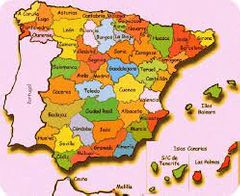
Types of provincial administration
|
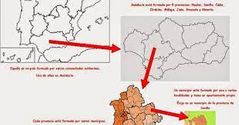
Municipalities, provincial administration and autonomous communities
|
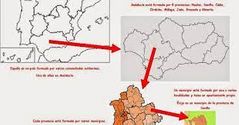
3 levels
|
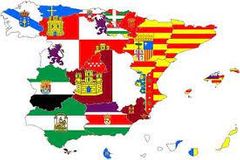
Spain is a
|
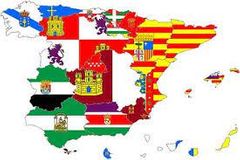
decentralized state
|

centralized or decentralized state?
|
|
How many autonomous communities are there?
|
17
|
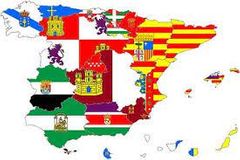
|
|
How many autonomous cities are there?
|
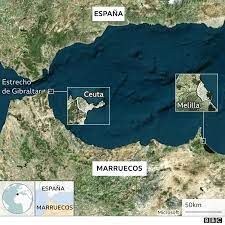
2
|
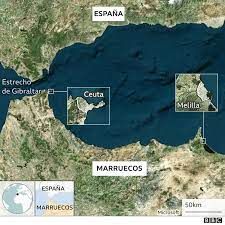
|
|
How many provincies are there?
|
50
|
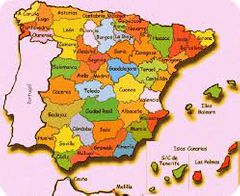
|
|
How many municipalities are there?
|
more than 8000
|
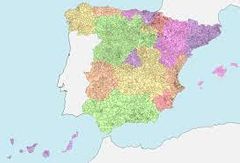
|
|
The municipality is
|
the basic administrative divisition
|
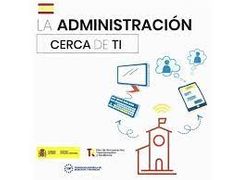
|
|
The municipality consistis of a
|
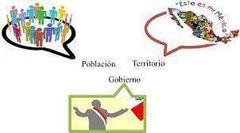
municipal area (terratory), a population (inhabitants and residents) and a town council (municipal government) which consists of a mayor and local councilors
|
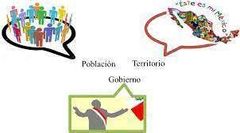
3 parts
|
|
The provinces is an
|
intermediate administrative division formed by several municipalities. In most cases it is governed by a provincial administration (with the exception of communities comprising a single province) which consists of a president and provincial deputies.
|
|
|
Spain is divided into 50 provinces. They are all represented …
|
in the General Courts.
|
|
|
The autonomous communities consists of…
|
one or several provinces
|
|
|
It is the highest administrative division, just below the State. In …
|
1978, the constitution established that the different historical nationalities and provinces should be converted into autonomous communities. That is why Spain is sometimes called a State of autonomies
|
|
|
Spain's autonomous communities are:
|
Galicia, Principality of Asturias, Cantabria, the Basque Country, Navarre, Aragon, Catalonia, Catile and Leon, Community of Madrid, Extremadura, Castile La Mancha, Community Valencia, Andalucia, Region of Murcia, Balaric Island and Canary Islands.
|
|
|
There are also two autonomous cities on
|
.. The coast of north Africa: Ceuta and Melilla
|
|
|
Each autonomous community enjoys a high degree of self-goverment derived from the transfer of powers from State. The powers come from:
|
· The statute of autonomy
· The autonomous parliament · The autonomous governemest |
|
|
The statute of autonomy
|
after the constitution, this is the fundamental law of an autonomous community. Is establishes matters such as its name, its territory, organizationa and the seat of its insttutions, powers,…
|
|
|
The autonomous parliament
|
drafts and approves the laus of the autonomous community. Their members are elected every four years by citizens of legal age (18 years old) in the autonomous community.
|
|
|
The autonomous gobernment
|
It is in chrge of enforcing laws and managing community affairs related to education, health, public works, the economy,…
|
|
|
There are two types of autonomous communities:
|
· a single province (uni-provicial)
· several neighbouring provices |
|
|
The main autonomous competencies include…
|
education, health, environmental protection and the organization of self-government institutions
|
|
|
In the different autonomous parliment, such as...
|
the one in Galicia, the laws of the sutonomous community are passed, controlling the autonomous government and approving the region's budgets.
|
|
|
Our community, like the other communities and regios in our country, as well as having its own intitutions, has some identiflying symbols:
|
flag, shield, hymn and day of the community.
|
|
|
The history of Spain is long and rich, which is evident in its historical, artistic, and cultural heritage. All this,together with the different...
|
festival and traditions of our region, are part of our identity as a people.
|
|
|
Nor shoud we forget that the Spanish Constitution recognizes that Spain's offical language is
|
Spanish, although in cetain communitiestheir own languages are also recognised as jointly official
|
|
|
Jointly official languages in Spain are
|
Catalan, Valencian, Basque or Euskera and galician
|
|
|
When speak Catalan?
|
Ctalonia, Balearic Islands
|
|
|
When speak Valencian?
|
Valencian Communit
|
|
|
When speak Galician?
|
Galicia
|